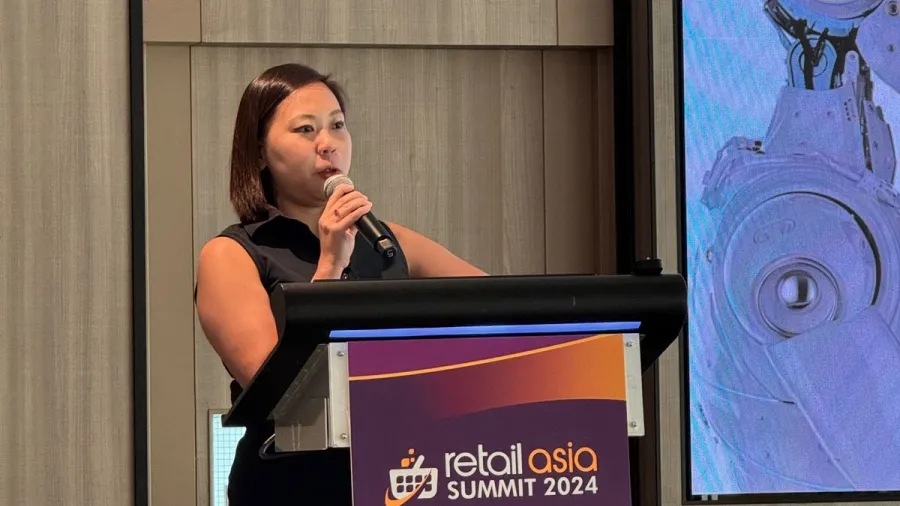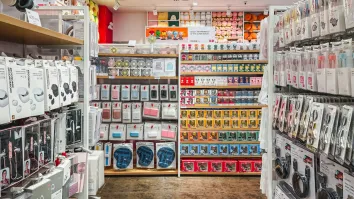
Pricing strategies, tech key to retail profitability
Retailers should focus on delivering the right balance between price and value.
Retailers should adopt clear pricing strategies, including the use of technology, to maximise profits and shareholder value, whilst considering consumer and market demand.
This is crucial amid rising prices globally, Winnie Ong, a partner at global consulting firm Simon-Kucher & Partners, told the Retail Asia Summit 2024, in Singapore on 20 November.
“One question I get a lot from my clients, especially in recent years, is around dealing with inflation,” she said. “How can we keep increasing prices whilst protecting transactions? I don’t want to lose volume, but I need to improve my profitability.
Ong said retailers should combine value-based and dynamic pricing, whilst having the technological agility to adjust prices depending on their audience and revenue goals.
Dynamic or surge pricing involves adjusting prices in real time based on factors such as market demand, competitor prices, and other external conditions. Value-based pricing, meanwhile, is based on the perceived value of a product or service to the customer rather than on the cost of production.
Ong noted that being “value-based” doesn’t mean offering the lowest prices. Instead, retailers should focus on delivering the right balance between price and value, which can vary across customer segments.
“Being value-based is really about finding the right balance between what you offer to the customer and extracting that value,” she said. “In Asia, a lot of times, my clients think ‘We’re value players, which means we’re able to be cheap, right? We have to be the lowest-priced player in the market.’ But I really don’t think that’s the case.”
Ong also cited the need to be quick about pricing, and artificial intelligence (AI) could help retailers in this regard. “AI is undeniably a key leader in the future of retail pricing because it offers opportunities for more efficiency, optimisation, and personalisation,” she said.
“The future of retail pricing will likely involve a combination of AI-driven solutions and human oversight,” she added.
The consultant warned against fully relying on AI for strategy. “AI is not a strategy, so don’t call your strategy AI. AI doesn’t tell you what your strategy needs to be.”
Meanwhile, Ong said technology lets retailers use dynamic or personalised pricing, adjusting prices in real time based on customer behaviour. “Consumers are not just looking for something cheap; they are looking for value for money.”
She said dynamic pricing could be leveraged to respond to market shifts and consumer preferences, adding that pricing isn’t just about a “price point,” but about “how we can communicate prices.”
Ong also cited the need for faster decision-making when it comes to prices. She noted how retailers often face difficulties when prices are decided by different people at various levels of the organisation.
Often, there’s no clear record of how prices were set, leaving businesses at risk of errors or inconsistencies.
To improve pricing strategies, Ong said retailers should define their pricing strategy, manage pricing complexity, automate processes, and forecast scenarios. “If you want to move forward and improve the way you price your products, [you have] to integrate both [pricing strategy and technology].”



















 Advertise
Advertise








